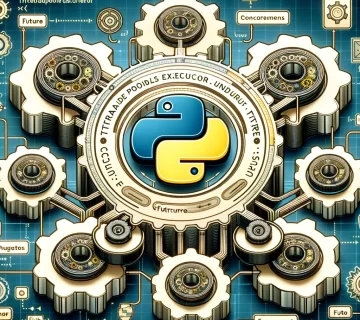Navigating Python Installation Across Multiple Operating Systems
Python’s cross-platform nature is one of its biggest strengths, allowing developers to run their Python code on various operating systems. However, installing Python can differ slightly depending on your OS. This post provides an overview of the general steps and considerations for installing Python on Windows, macOS, and Linux. Subsequent posts will delve into detailed installation guides for each.
Python on Windows
General Steps:
- Download the Python installer from the official Python website.
- Run the installer and select ‘Add Python to PATH’ before proceeding.
- Follow the on-screen instructions to complete the installation.
Considerations:
- Windows doesn’t come with Python pre-installed.
- Ensure to select the ‘Add Python to PATH’ option for easy access from the command line.
- Python Windows installers are available for both 32-bit and 64-bit versions.
Python on macOS
General Steps:
- Python 2.x is pre-installed on older macOS versions, but it’s recommended to install Python 3.x.
- Download the Python installer for macOS from the Python website.
- Open the installer and follow the instructions to install Python.
Considerations:
- macOS users often use package managers like Homebrew for Python installation, which simplifies managing Python versions.
- Python’s integration with macOS is generally seamless, offering a stable development environment.
Python on Linux
General Steps:
- Most Linux distributions come with Python pre-installed.
- To install or update Python, use the package manager specific to your distribution (e.g., apt for Ubuntu, yum for Fedora).
Considerations:
- Linux is the preferred OS for many Python developers due to its versatility and alignment with Python’s open-source philosophy.
- Advanced users can compile Python from source to customize the installation.
Advantages and Limitations
Each operating system presents its own set of advantages and limitations:
Windows:
- Advantage: User-friendly interface, wide usage.
- Limitation: Not as command-line oriented as Linux or macOS, which might affect the use of certain Python tools.
macOS:
- Advantage: Unix-based, similar to Linux, which is beneficial for Python development.
- Limitation: Different handling of certain system-level Python packages.
Linux:
- Advantage: Native support for Python, with most tools and libraries working seamlessly.
- Limitation: Might require a steeper learning curve for users not familiar with Linux or command-line interfaces.
Conclusion and What’s Next
Understanding the basics of Python installation on different operating systems is crucial for setting up a productive development environment. While each OS has its peculiarities, Python’s versatility ensures a relatively smooth installation process across all platforms.
In our upcoming posts, we will provide detailed, step-by-step guides on installing Python on each of these operating systems, addressing specific nuances and tips to optimize your setup. Stay tuned for “Python Installation on Windows: A Detailed Guide,” coming up next!





No comment